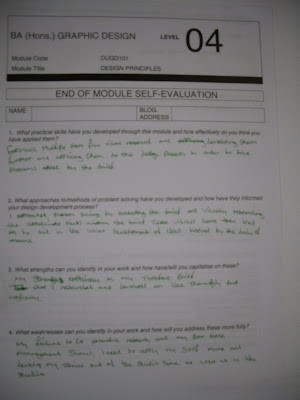What problems did you identify?The problem that arose through investigation into drugs within the music scene in Leeds is that Methadrone (also known as MKAT) is increasingly becoming the most popular drug of choice in clubs, gigs and social circles. the drug itself is legal but the side effects are still not entirely known as no scientific evidence is yet available, so no one is aware of the long term effects the drug may cause.
What evidence did you find to support your decisions?
First hand accounts from interviews with people who had/were taking Methadrone in clubs and venues; of them not knowing the consequences of the drug they were taking. I gathered information from sources such as the internet and Drug help networks (e.g. Frank) explaining what is known about the drug and the danger that it may have.
What methods did you use to gather your evidence and what forms did it take?
My research method was primary research and mainly qualitative information but from my investigation into my problem some quantitative data was found.
What methods of research did you find research and why?/How did these inform your response to your problem?
For primary research, interviews and observations resulted in getting a substantial and very reliable and strong body of research. Experiences and views of peers interviewed identified the problems and helped develop ideas more fluently that secondary research. By gathering research directly from the environment that the problem comes from the information is more reliable and is more inspirational in the ideas stage.
What methods did you encounter as problematic?
problems arose when i tried to conduct secondary research, due to the lack of scientific reseach into the drug and the low amount of general information relating to Methadrone, I could only source so much from secondary information, but this did also support the fact that there is very little evidence surrounding Mkat, which supports the fact and problem that their is very little known about Methadrone.
How did you overcome this?
I resolved this by using more primary research to compensate for the lack of secondary research that was available though I did utilise the information i was able to gather from resources count as secondary such as the internet and FRANK.
What research could you have carried out that would have proved more useful?
possibly more quantitative primary and secondary research about experiences and people participating the the taking of MKAT, and interviews with GP's and Drug information centres/councillors.
Five things that I have learnt about the design process over the last two weeks
1. Importance of well evaluated research instead of a bulk of research not properly investigated.
2. The value of primary research and how much more inspirational the results are compared to secondary research.
3. Transaction from research to ideas/development and knowing when an amount of research is the right amount.
4. The importance of planning and time management within a project.
5. When working with a group the crucial fact that organisation is key and that a group needs to be lead in a direction and work and roles shared and not relying on one or two members of the group to do the majority of the work.
Five things that I would do different next time.
1. Evaluate the problem more intelligently
2. Don't resort to print to solve every problem, but use it when it is going to be a successful method of communication
3. Explore possible ambient methods of communication
4. Be more confident with my ideas/concepts and more fluent in vocally communicating them
5. Better planning of time management






